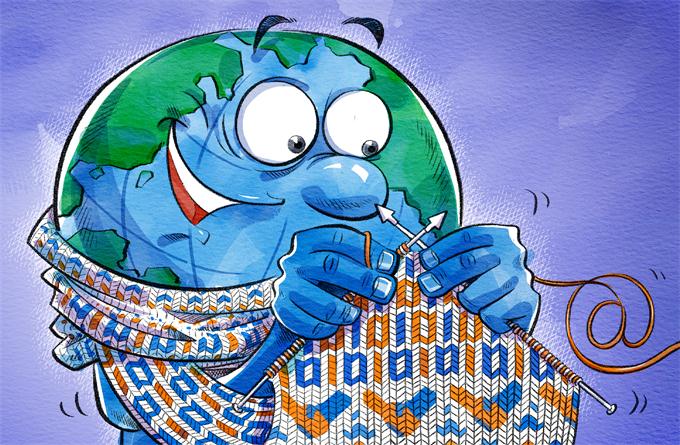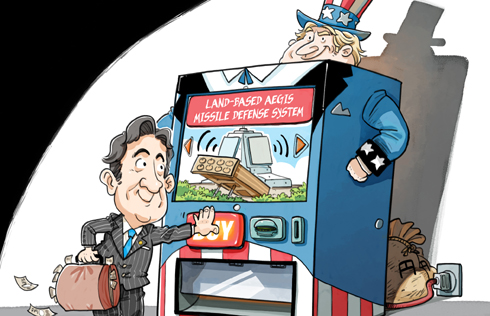Fear not, Asia remains healthy
China's leverage is the most worrisome in the region, as widely understood. However, the concern arises not from its overall credit-to-GDP ratio of 214 percent, which makes it only fifth among the Asian countries in our study. Rather, the concern is that debt is concentrated in the non-financial corporate sector. This is true even after we classify local government investment vehicle debt as government debt. The pace of credit growth is also a concern. Total credit has grown 22 percent per year in the past five years, 6 percentage points faster than China's nominal GDP growth, which is the highest in the region.
The redeeming feature here is that the government has started tackling the issue by slowing growth and curbing lending to industries facing overcapacity. In the event of a significant deterioration in the economy, problem loans are likely to surface and some banks may have to be recapitalized. But unlike most other major economies today, China has sufficient financial means to inject capital and restructure its problem lenders.
Aside from China's corporate sector, the Republic of Korea's high leverage spans the economy and continues to be a drag on growth. But this problem should not be seen as a tail-risk that could threaten financial stability. The ROK has managed to avoid a hard landing since 2003 and has proactively used macro-prudential measures to limit overall leverage, particularly its external debt vulnerability.
There is also a longer-term positive story that receives little attention, but will help the global economy to rebalance. Household leverage across most of Asia - particularly in China, India and Indonesia - remains low and has the potential for growth. Indonesia's credit expansion has recently accelerated, but it still has a relatively low level of aggregate debt to GDP, giving it room to use leverage to boost growth. While India's high government debt is a concern (which the authorities are addressing), its household debt is relatively low.
In ASEAN, the emphasis is confined to household credit in some economies. Malaysia's household leverage is high, as is Singapore's on some metrics. However, both countries' household sectors have accumulated high liquid assets through mandatory savings. In Thailand, although relatively fast recent credit growth has led to a rise in solvency stress indicators, levels of debt and debt-service indicators provide comfort and do not raise immediate concerns. The Philippine economy, an out-performer in Asia, has plenty of room to expand its private-sector leverage to boost domestic consumption and sustain growth. There is also ample scope for the private sector to partner with the government in financing ambitious infrastructure projects.
Our study shows that while there are pockets of emerging concern, Asia's fundamentals remain robust. Strong government and household balance sheets and still-high economic growth rates across most of the region provide sufficient flexibility to counter inevitable bumps as the economic cycle turns.
Learning from Asia's financial crisis in 1997-98, the region's economies have been using macro-prudential policies since before they were considered to be best practice. Hong Kong and Singapore are prime examples of how such measures have been used to curb property price increases. We see scope for several Asian economies to increase borrowing to maximize their growth potential.
In light of this assessment, the current turmoil in the emerging markets should prove transitory for Asia. It does provide a timely opportunity to clean up stressed balance sheets in parts of the region, but it also sets the stage for the next phase of more durable and sustainable growth.
The recovery in the US, which has triggered the latest round of soul-searching, combined with Japan's revival, should be seen as an added bonus, not detraction, for emerging markets and the wider global economy.
The author is regional head of research, Asia, at Standard Chartered Bank.
(China Daily 07/11/2013 page9)





















